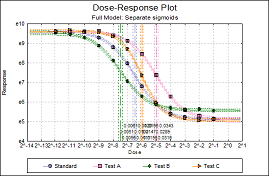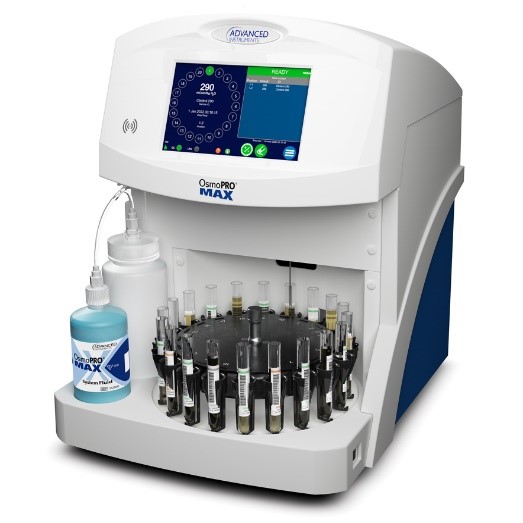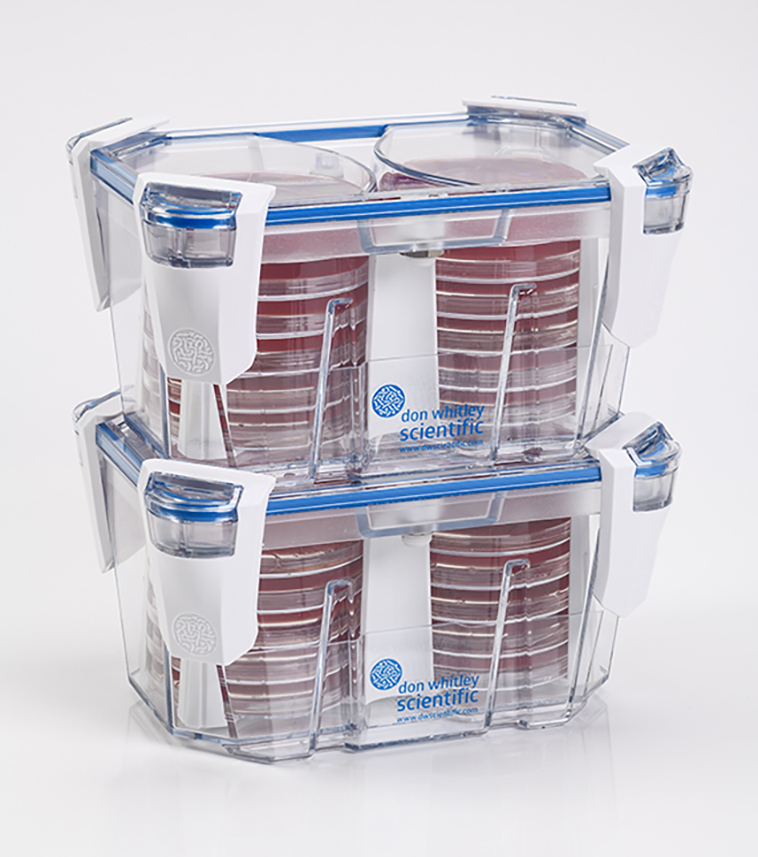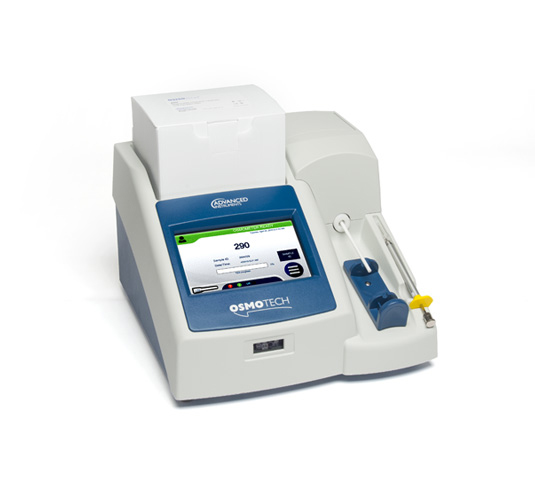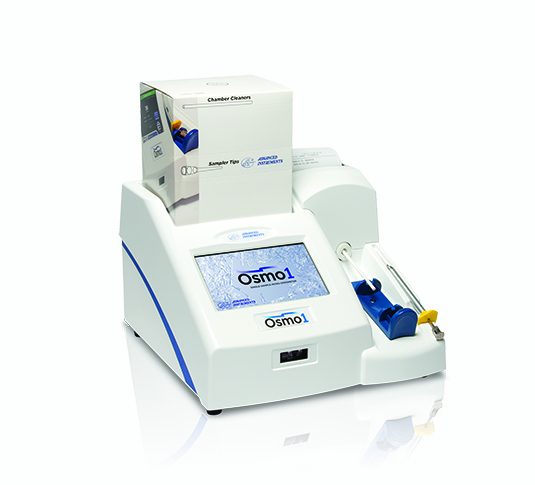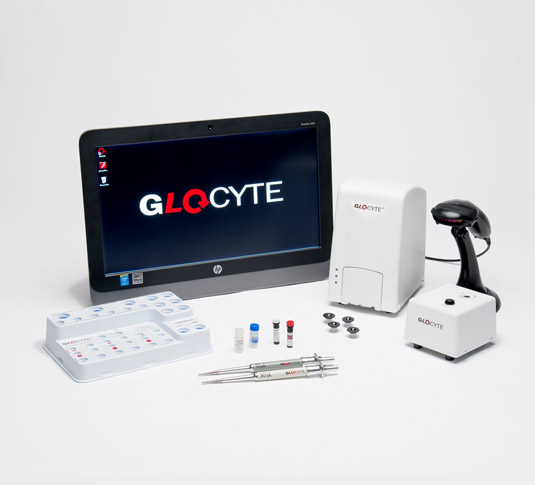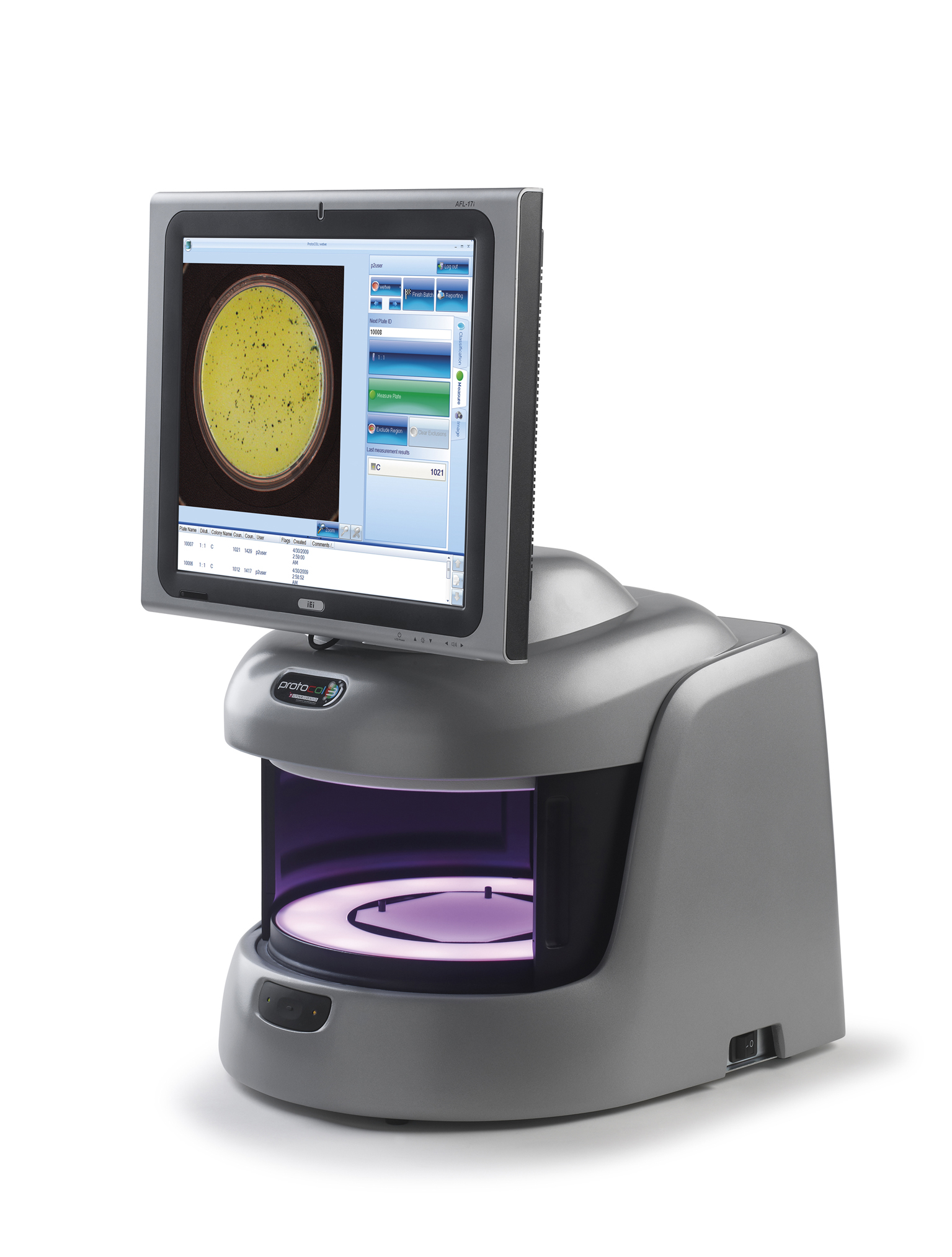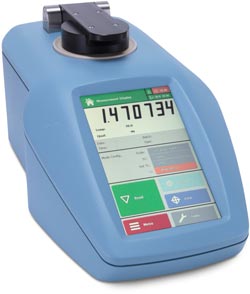News
UNISTAT® bioassay analysis software has been integrated for use with ProtoCOL 3 colony counting and inhibition zone measuring system. The statistical module allows scientists a quick, easy method of analysing their ProtoCOL 3 data to generate accurate antibiotic and vaccine potency results.
With just one click of the new UNITSTAT bioassay statistics module, microbiologists can export inhibition zone measurement and colony count data from ProtoCOL 3 directly to UNISTAT.
Statistical analysis of data from biological dilution assays or potency assays: Potency calculations can be performed employing parallel line, slope ratio, quantal response or four-parameter logistic model, complete with fiducial confidence intervals, validity tests, potency, ED50, Spearman-Karber method and graphical representations.
•Parallel Line Assay: Completely Randomised Design, Randomised Block Design, Latin Squares Design, Crossover Design
•Slope Ratio Assay: Blanks, Plate Effects
•Quantal Response Assay: Logit, Probit, Gompit, Loglog link functions
•Four-Parameter Logistic Model: European Pharmacopoeia (EP), Full Model (USP), Reduced Model (USP)
•Combination of Assays: EP, USP
•Cylinder-Plate (5+1) Assay
Why buy this product
•Ease of use
Users whose primary training is not in statistics, and who do not have access to expert statisticians, can quickly and easily produce accurate reports.
•All inclusive package
UNISTAT is seamlessly integrated into the ProtoCOL 3 software. Analysis of data from bioassays can be performed from inhibition zone measurements to statistical reports, in a single platform.
•Total support
Expert and confident support for the fully integrated software within the ProtoCOL suite of modules.
•Long term confidence
Regular upgrades and long term support available.
•Meets the requirements of common pharmacopeia Follows the methods required by EP, BP and USP.
Features
•Compliance: A comprehensive set of tools has been introduced to ensure compliance with FDA 21 CFR Part 11 requirements.
•Multiple Assays with Combination: It is possible to run multiple assays and combine their results (using USP and/or EP methods) with a single click, in all bioassay methods.
•Potency Calculations: Given all assigned and assumed potencies, pre-dilutions, reconstitutions, unit transformations, volume administrations, conversions and inoculations a final potency value can be calculated and displayed in the final report.
•Outlier Detection, Omission and Replacement: Outliers can be detected (a) in data (i.e. in treatment groups) using Dixon, Grubbs and ESD methods and (b) based on model fit using standardised residuals. Outliers can be omitted or replaced automatically or manually.
•Cylinder-Plate (5+1) Assay: This new specific assay procedure is now available as described in United States Pharmacopoeia (2010) Chapter <81> Antibiotics-Microbial Assays.
•Validity of Data: Available output options are Summary Statistics, Normality Tests, Homogeneity of Variance Tests, Outlier Tests, Box-Whisker, Dot and Bar Plots and Normality Plots.
•Case (Diagnostic) Statistics: Facilitating reporting of estimated and predicted values, standardised residuals and model-based outlier detection.
Ordering details
•UNISTAT is available as an optional software module for ProtoCOL 3.

